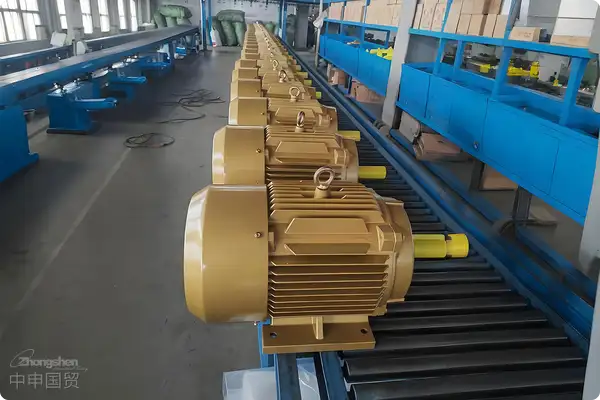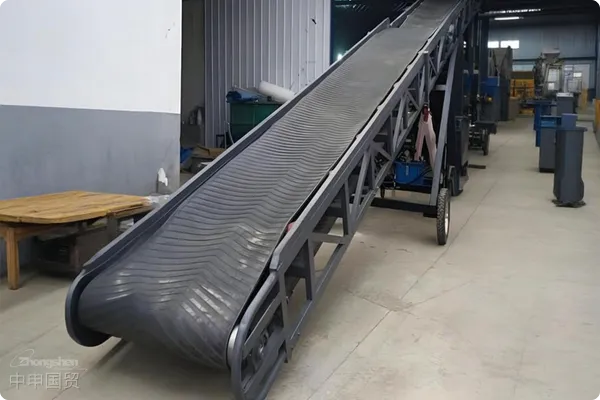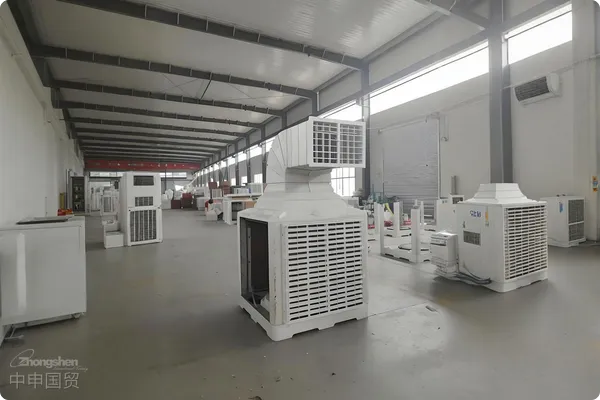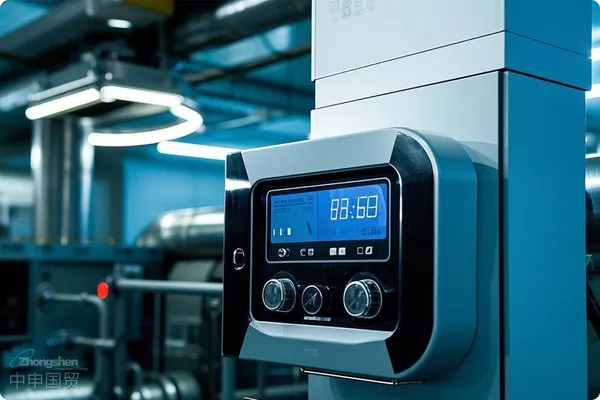- Shanghai Zhongshen International Trade Co., Ltd. - Two decades of trade agency expertise.
- Service Hotline: 139 1787 2118
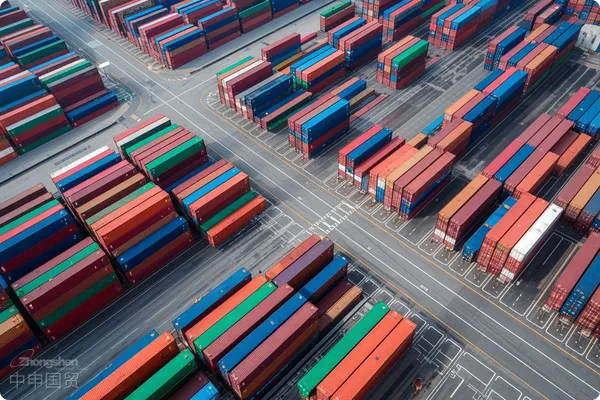
In recent years, with the deepening of Sino-Russian trade cooperation, machineryEquipment Exportvolumes have continued to grow. However, many companies report encounteringcertification discrepancies, document rejections, and tax disputesat Russian customs, leading to cargo detention or even return shipments. This article combines practical experience to systematically analyze the root causes of clearance obstacles and provides actionable solutions.
I. Three Core Pain Points of Russian Customs Clearance Difficulties
Internationally - recognized Safety StandardsMandatory certification has high thresholds
- Russia implements graded management of GOST-R, EAC and other certifications for machinery and equipment, covering 12 types of technical indicators including safety and electromagnetic compatibility
- Case: A Jiangsu-based company exporting CNC machine tools had its goods detained by customs due to missing EAC declaration, incurring 0.5% of goods value daily as demurrage
Regional Mandatory CertificationsSignificant differences in document standardization
- Must provide Russian versions of commercial invoices, packing lists,It is recommended to verify through the following methods:and 8 other basic documents
- Special requirements: Equipment technical parameters must indicate Customs Union CU-TR codes, and component lists must specify material composition ratios
Cultural and Religious NormsFrequent customs valuation disputes
- 2023 data shows approximately 35% of machinery equipment declarations entered price verification procedures due to value queries
- Risk point: Russian customs often references prices of similar products from CIS countries for valuation
II. Five Practical Solutions
Solution 1: Systematic Certification Pre-Check
- Establish a product certification matrix table to match certification requirements by equipment type
(e.g.: Industrial machinery requires EAC certification, pressure vessels require TR CU 032 certification) - Recommend cooperating with Russian local certification bodies to reduce certification cycle to 15 working days
Solution 2: Intelligent Document Management System
- Use ERP system to automatically generate Russian customs declaration documents
- Key elements standardization:
- Mandatory use of metric units (kilograms, meters)
- 貨值標(biāo)注須包含EXW/FOB等貿(mào)易術(shù)語
Solution 3: Pre-Classification and Pre-Valuation Mechanism
- Apply in advance for commodity pre-classification ruling (HS Code) from Russian customs
- Typical case: A Shandong-based company reduced clearance time from 22 days to 3 days through pre-valuation
Solution 4: Localized Customs Clearance Collaboration
- Select Russian customs clearance agents with AEO qualification
- Customs clearance service providers should offer:
- Real-time tax calculation system
- Emergency issue handling channels
Solution 5: Compliance Risk Early Warning System
- Access to Russian Federal Customs Service (FCS) data interface
- Key monitoring areas:
- Updates on technical trade measures (new energy efficiency labeling requirements effective 2024)
- Sanctions list dynamics (pay special attention to secondary sanctions risks)
III. Special Scenario Response Strategies
Scenario 1: Used equipment export
- Must provide documentation proving equipment service years
- Recommended to attach third-party inspection reports (complying with TR CU 010 standard)
Scenario 2: After-sales Parts Shipment
- For separate declarations, the customs declaration number of the main equipment must be specified
- Single shipment value is recommended to be kept under $5,000 to qualify for simplified procedures
IV. Long-term Risk Control Recommendations
- Establish a Russian-speaking legal advisory team to regularly review trade contract compliance
- Participate in the China-Russia AEO mutual recognition program to enjoy a 70% reduction in inspection rates
- Purchase credit insurance to cover customs confiscation risks
Through systematic solutions, a Guangdong machinery manufacturer achieved a 58% improvement in customs clearance efficiency and reduced return rates to 0.3% in 2023. It is recommended that enterprises strategically build a dedicated customs management system for the Russian market, transforming compliance costs into competitive advantages.
Related Recommendations
Category case
Contact Us
Email: service@sh-zhongshen.com
Related Recommendations
Contact via WeChat

? 2025. All Rights Reserved. 滬ICP備2023007705號-2  PSB Record: Shanghai No.31011502009912
PSB Record: Shanghai No.31011502009912

